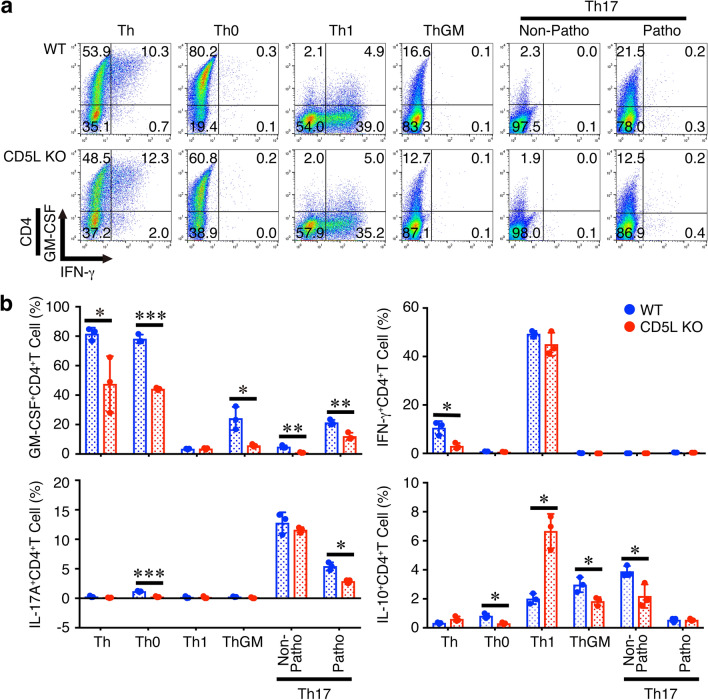Hideaki Hasegawa
Hideaki Hasegawa
1Department of Immunoregulation, Institute of Medical Science, Tokyo Medical University, 6‑1‑1 Shinjuku, Shinjuku‑ku, Tokyo, 160‑8402 Japan
1,
Izuru Mizoguchi
Izuru Mizoguchi
1Department of Immunoregulation, Institute of Medical Science, Tokyo Medical University, 6‑1‑1 Shinjuku, Shinjuku‑ku, Tokyo, 160‑8402 Japan
1,
Naoko Orii
Naoko Orii
1Department of Immunoregulation, Institute of Medical Science, Tokyo Medical University, 6‑1‑1 Shinjuku, Shinjuku‑ku, Tokyo, 160‑8402 Japan
1,
Shinya Inoue
Shinya Inoue
1Department of Immunoregulation, Institute of Medical Science, Tokyo Medical University, 6‑1‑1 Shinjuku, Shinjuku‑ku, Tokyo, 160‑8402 Japan
1,
Yasuhiro Katahira
Yasuhiro Katahira
1Department of Immunoregulation, Institute of Medical Science, Tokyo Medical University, 6‑1‑1 Shinjuku, Shinjuku‑ku, Tokyo, 160‑8402 Japan
1,
Toshihiko Yoneto
Toshihiko Yoneto
1Department of Immunoregulation, Institute of Medical Science, Tokyo Medical University, 6‑1‑1 Shinjuku, Shinjuku‑ku, Tokyo, 160‑8402 Japan
1,
Mingli Xu
Mingli Xu
1Department of Immunoregulation, Institute of Medical Science, Tokyo Medical University, 6‑1‑1 Shinjuku, Shinjuku‑ku, Tokyo, 160‑8402 Japan
1,
Toru Miyazaki
Toru Miyazaki
2Laboratory of Molecular Biomedicine for Pathogenesis, Center for Disease Biology and Integrative Medicine, Faculty of Medicine, The University of Tokyo, 7‑3‑1 Hongo, Bunkyo‑ku, Tokyo, 113‑0033 Japan
2,
Takayuki Yoshimoto
Takayuki Yoshimoto
1Department of Immunoregulation, Institute of Medical Science, Tokyo Medical University, 6‑1‑1 Shinjuku, Shinjuku‑ku, Tokyo, 160‑8402 Japan
1,✉
1Department of Immunoregulation, Institute of Medical Science, Tokyo Medical University, 6‑1‑1 Shinjuku, Shinjuku‑ku, Tokyo, 160‑8402 Japan
2Laboratory of Molecular Biomedicine for Pathogenesis, Center for Disease Biology and Integrative Medicine, Faculty of Medicine, The University of Tokyo, 7‑3‑1 Hongo, Bunkyo‑ku, Tokyo, 113‑0033 Japan
© The Author(s) 2021
Open Access This article is licensed under a Creative Commons Attribution 4.0 International License, which permits use, sharing, adaptation, distribution and reproduction in any medium or format, as long as you give appropriate credit to the original author(s) and the source, provide a link to the Creative Commons licence, and indicate if changes were made. The images or other third party material in this article are included in the article's Creative Commons licence, unless indicated otherwise in a credit line to the material. If material is not included in the article's Creative Commons licence and your intended use is not permitted by statutory regulation or exceeds the permitted use, you will need to obtain permission directly from the copyright holder. To view a copy of this licence, visit http://creativecommons.org/licenses/by/4.0/.



